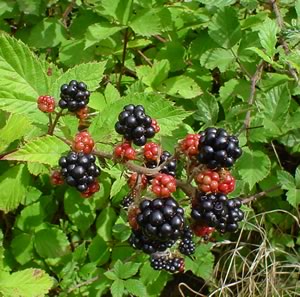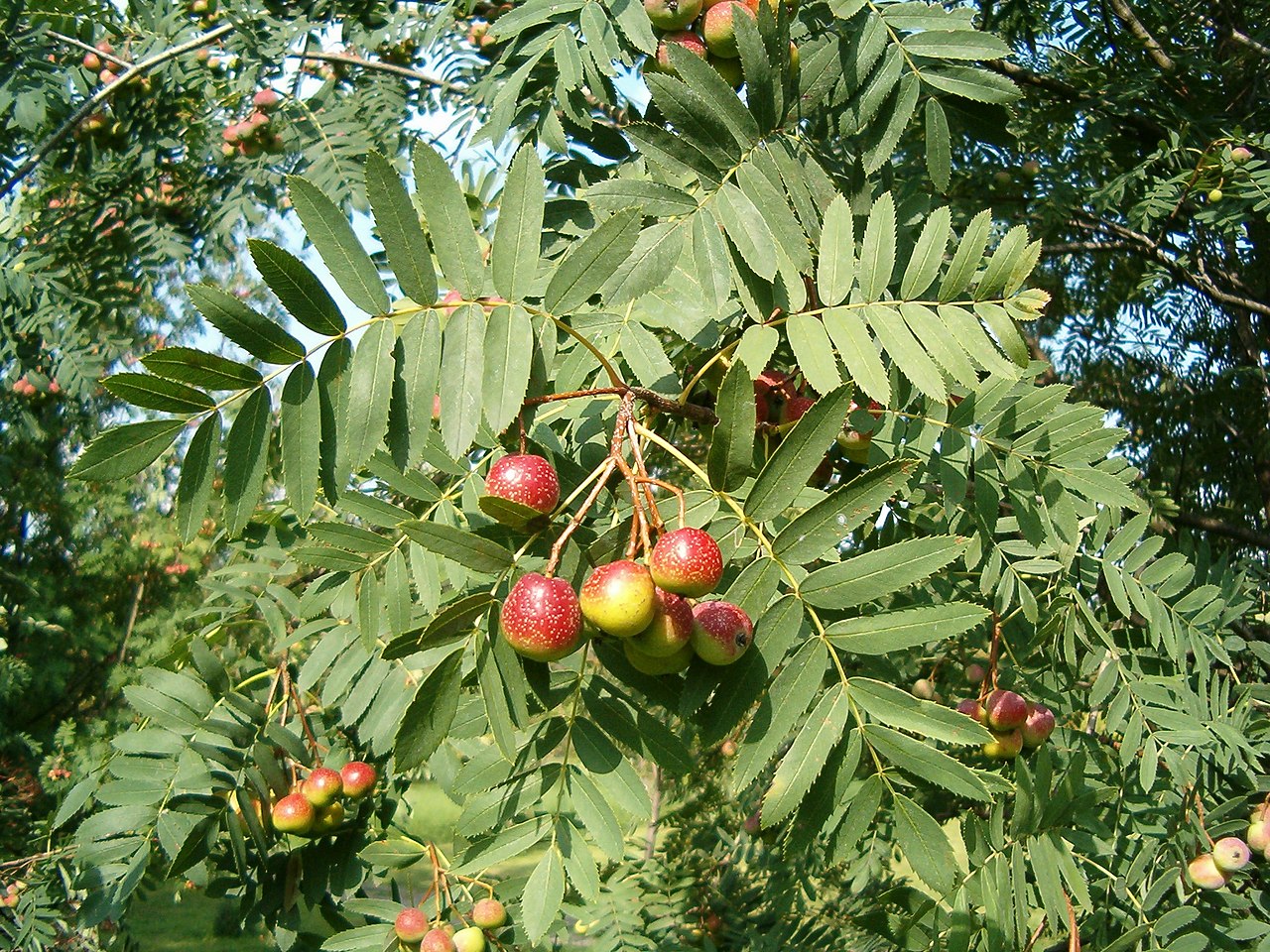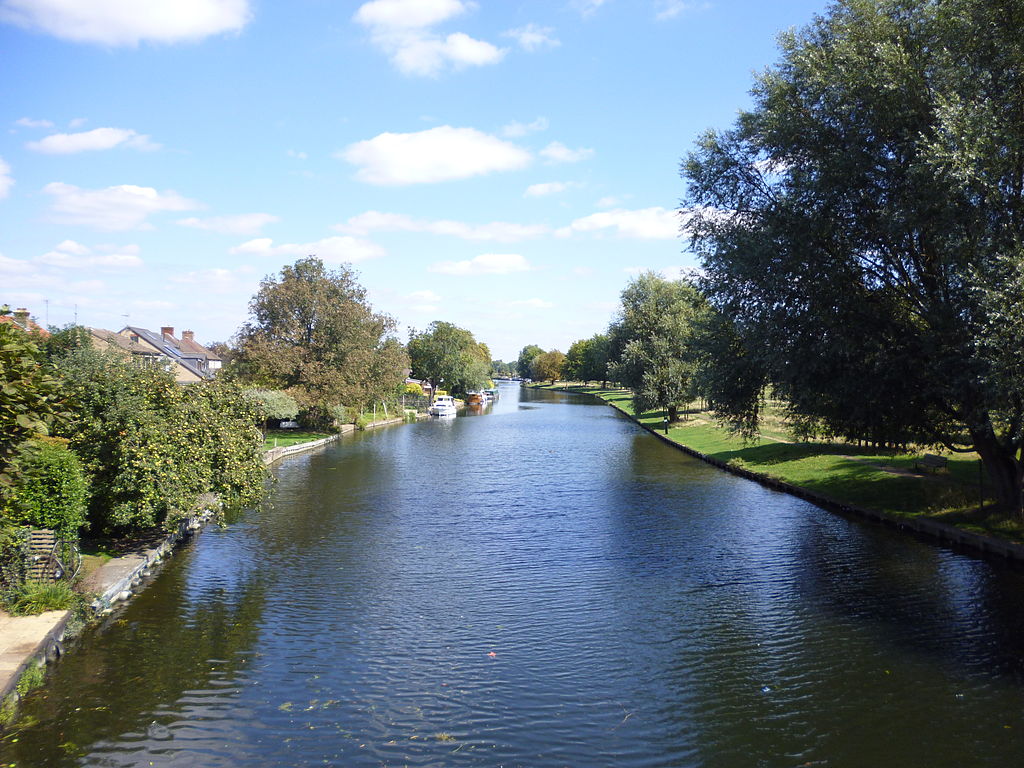Etruscan φersu 'masked character (in games)'1 can be
analized as a derivative from an unattested
form *φers 'husk', an
agricultural term with correspondences in Hittite paršdu 'leaf, foliage'2,
linked in turn by Alexei Kassian to Kartvelian *purtś 'husk,
foliage' (Georgian purcel ’leaf, foliage', Megrel purča 'chaff,
husk', Laz purča 'sweet corn ear',
purčumale 'a k. of weed'), *prtś-wn- 'to husk, to scale'3.
Presumably related to this etymology is the Greek theonym Perséphonē (Etruscan Φersipnei, Latin Proserpina),
attested on several Attic vases from the 5th century BC as Persóphatta, P(h)erséphatta,
Pherréphatta. Rudolf Wachter analyzes it as a compound whose second member
would be derived from Indo-European *-gʷhn-t-jā < *gʷhen- 'to
beat, to kill', and the first one related to Sanskrit parṣá- 'sheaf, bundle', Young Avestan parša- 'ear (of corn)', to which Michael Weiss -in a personal communication to Wachter- also adds Latin porrum and Greek práson 'leek', from a supposed Indo-European lexeme *pr̥s-o-'4. Thus the reconstructed meaning of the theonym would be 'sheaf-beater', i.e. 'threshing maiden'5.
However, like most Indo-Iranian lexicon related to agriculture, *parš appears to be a substrate loanword from the language spoken by BMAC people6. On the other hand, for Slavic *proso- 'millet', Georg Holzer posited a loanword from a substrate language he called Temematic (Temematisch in German) after its proposed sound correspondences with PIE and where *r̥ > ro7. Although Holzer's theory has been discredited as a whole8, it could still explain the etymology of the Slavic word from IE *bhar(e)s 'a k. of cereal (millet, barley, spelt)' (Latin far, farris), a remnant of the languages spoken by the Neolithic farmers who colonized Europe from the Near East.
________________________________________________________
1 Latin persōna 'theatre mask' is a loanword from Etruscan *φersu-na.
2 Wrongly translated by some authors as 'sprout, sprig'. See A. Kloekhorst (2008): Etymological Dictionary of Hittite, pp. 645-646.
3 A. Kassian (2009): Anatolian lexical isolates and their external Nostratic cognates, in Orientalia et Classica, §48.
4 M. De Vaan (2008): Etymological Dictionary of Latin and the Other Italic Languages, pp. 481-482.
5 R. Wachter (2006): Persephone, the Threshing Maiden, in Die Sprache, vol. 47, no. 2 (2007-2008), pp.163-181.
6 M. Witzel (2003): Linguistic Evidence for Cultural Exchange in Prehistoric Western Central Asia, in Sino-Platonic Papers 129, p. 33.
7 G. Holzer (1989): Entlehnungen aus einer bisher unbekannten indogermanischen Sprach in Urslavischen und Urbaltischen, §2. See also F. Kortland (2003): An Indo-European substratum in Slavic?, in Languages in Prehistoric Europe, pp. 183-184.
8 R. Matasović (2013): Substratum words in Balto-Slavic, in Filologija 60, pp. 75-102.










